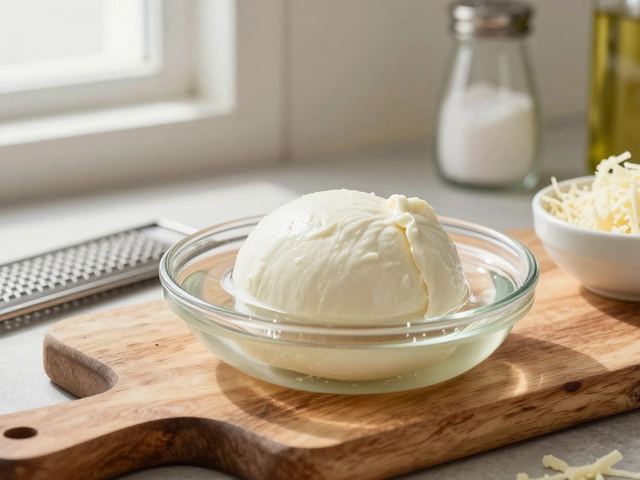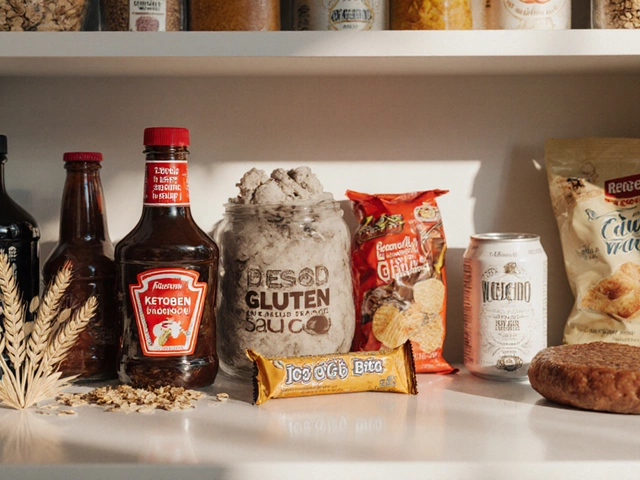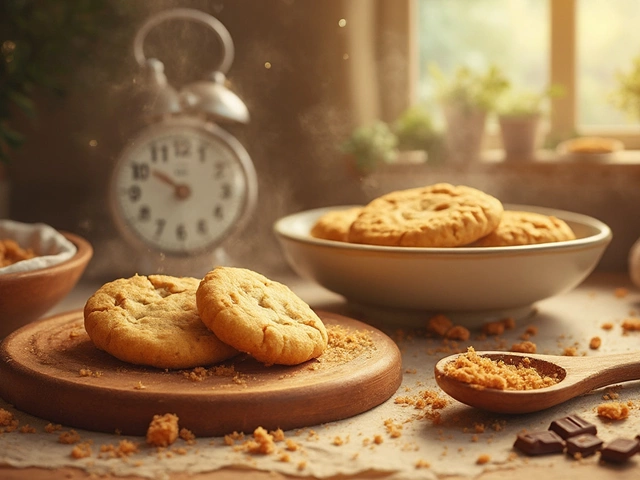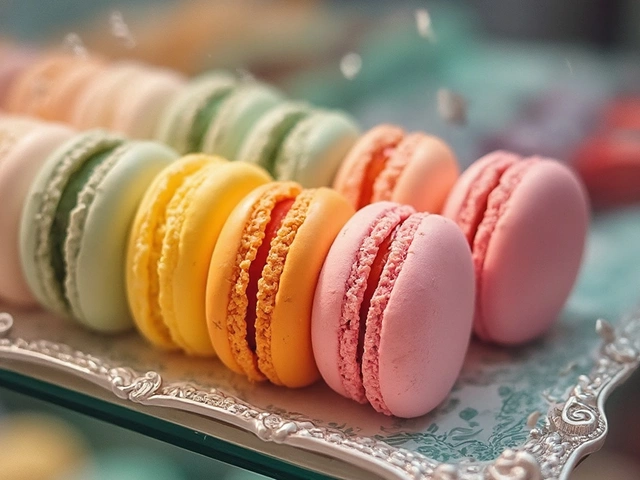Burnt Cheesecake: Why It Happens and How to Fix It
Ever pulled a cheesecake out of the oven and seen a dark ring around the edge? That’s a burnt cheesecake, and it’s frustrating. The good news is you can often save the slice and keep the rest from turning black. Below are the most common reasons cheesecakes get burnt and easy steps to fix or avoid it.
Common Causes of a Burnt Cheesecake
First, check your oven temperature. Many ovens run hotter than the dial says, especially if you’re using the conventional bake setting. A hot spot can scorch the top before the center sets. Second, the water bath matters. If the water level is too low, the edges heat up faster and end up overcooked. Third, the pan material plays a role – thin metal pans conduct heat quickly, while heavy glass or ceramic hold heat longer and can over‑brown the crust.
Simple Fixes for a Burnt Cheesecake
If you catch a burnt edge early, move the cheesecake to a cooler part of the oven and lower the temperature by 20 °C. Cover the top with foil to protect it from direct heat while the center finishes baking. When the cheesecake is fully set, let it cool in the water bath, then refrigerate for at least four hours. If the top is already dark, you can still slice around the burnt ring and serve the creamy middle.
Another rescue trick is to turn the cheesecake out of the pan after it’s cooled. Gently run a thin knife around the sides, flip it onto a plate, and trim any blackened edges. The interior stays smooth and sweet, and you won’t waste the whole cake.
For future batches, try these practical steps:
- Use a reliable oven thermometer to verify the real temperature.
- Set the water bath so the water comes about halfway up the side of the springform pan.
- Place the pan on the middle rack and avoid opening the door too often.
- Cover the cheesecake with foil after the first 30‑40 minutes of baking.
- Consider using a slower bake (150 °C) for a gentle, even rise.
If you love a caramelized top but hate the burnt taste, brush the surface with a thin layer of melted butter before baking. The butter creates a golden crust without the harsh flavor of burnt sugar.
Lastly, remember that a slightly browned edge can add texture, but a deep black ring signals over‑cooking. Trust your senses: the cheesecake should feel set but still jiggle a little in the middle. When you pull it out, it will firm up as it cools.
With these tips, you’ll turn a dreaded burnt cheesecake into a smooth, creamy dessert that looks as good as it tastes. Happy baking!
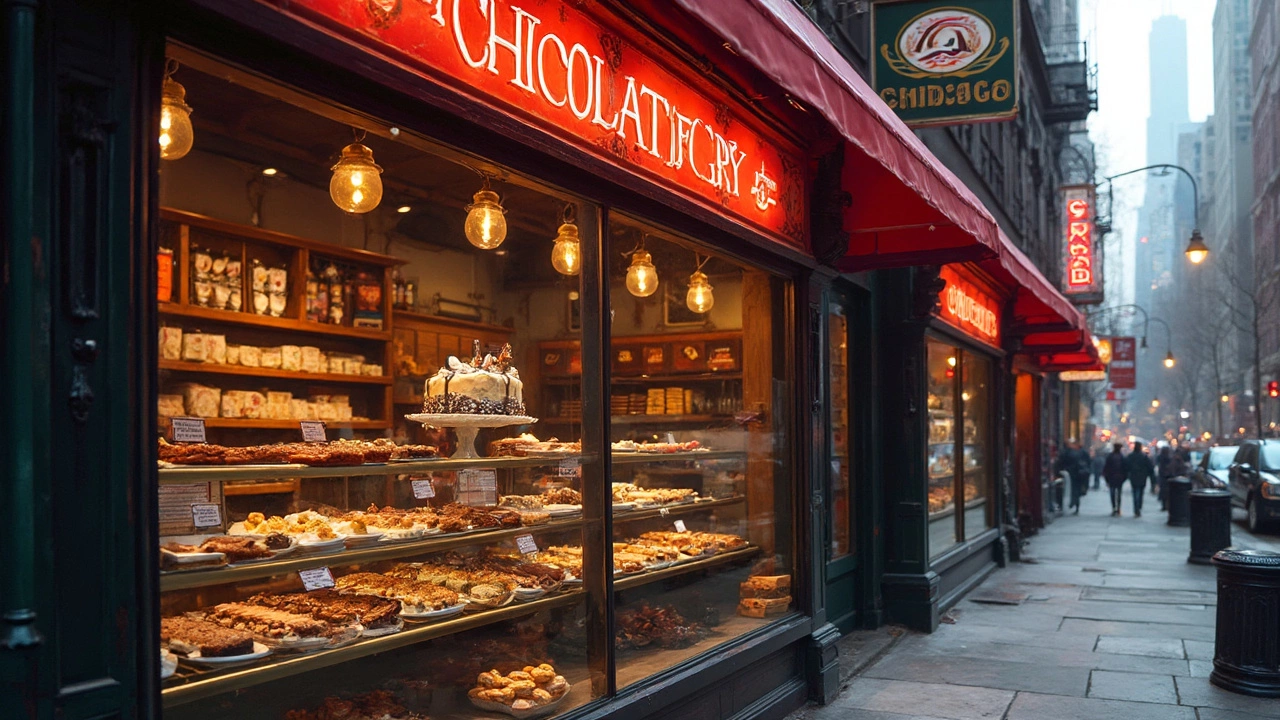
Chicago Cake: What Dessert Defines the Windy City?
Curious about what cake Chicago is known for? This article explores the iconic sweets that put Chicago on the dessert map, with a special spotlight on a cake you might not expect. From the backstory to baking tips and where to try it, you’ll get a taste of Windy City culture and learn how to bring a bit of Chicago into your own kitchen. Perfect for home bakers and city lovers alike. Discover the dessert locals can’t stop talking about.
View More
